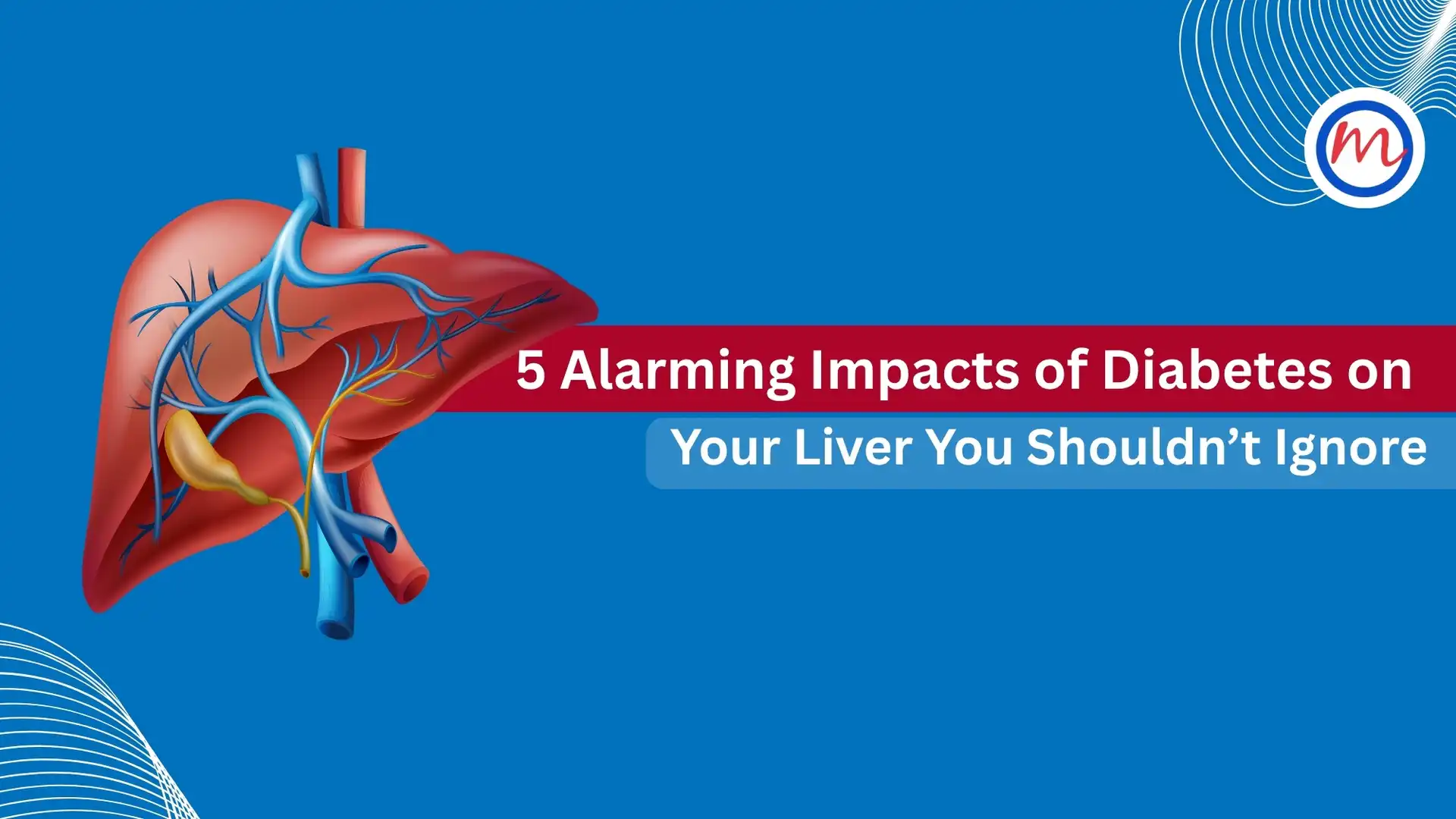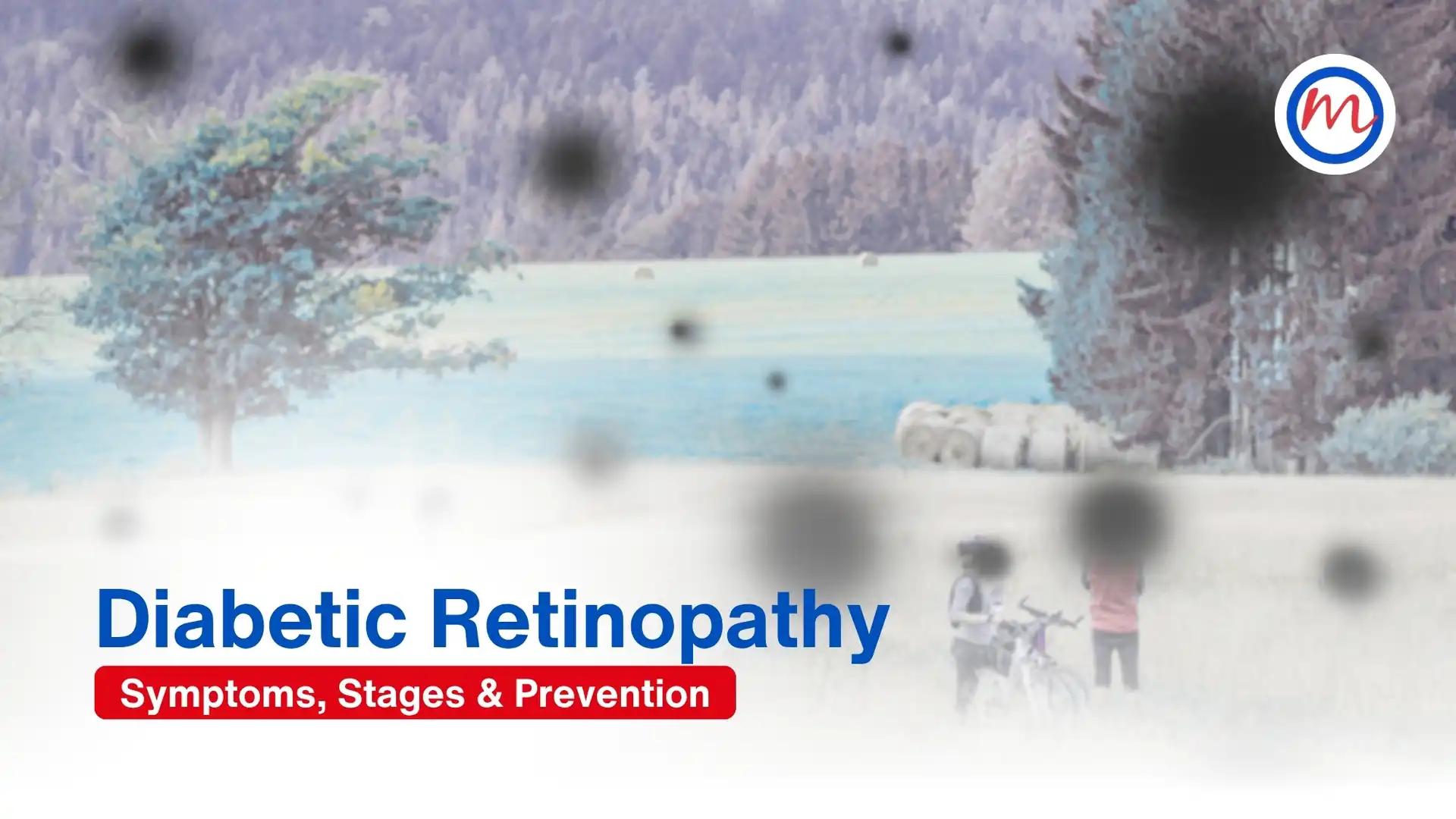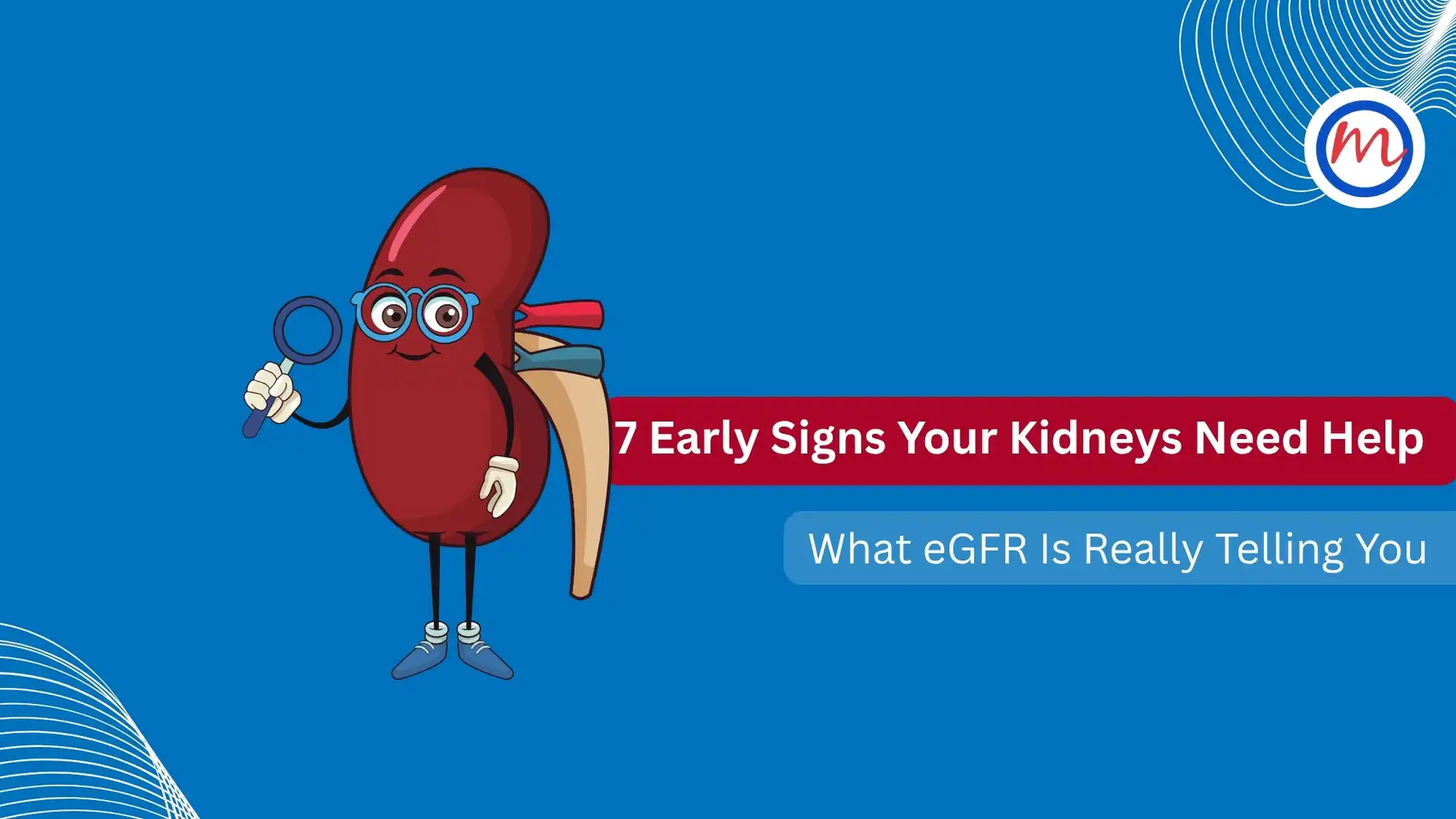5 Alarming Impacts of Diabetes on Your Liver You Shouldn’t Ignore
Diabetes is a disorder in which blood sugar levels are high. Prolonged high sugars affect nerves, eyes and kidneys. But did you know that your liver is one of the most commonly affected organs in diabetes? The relationship between diabetes and liver health is important in long-term disease management and overall well-being. Liver plays an important role in carbohydrate and fat metabolism. When blood sugar remains high, it puts extra stress on the liver. High blood sugar leads to fat build up, inflammation and liver damage. People with type 2 diabetes are more susceptible to fatty liver disease. In early stages, the liver problems do not have any symptoms. But if left unchecked, they can progress to serious conditions like cirrhosis or cancer. Regular liver check-ups are important if you have diabetes. Early detection and good sugar control can prevent complications.
-
Non-Alcoholic Fatty Liver Disease (NAFLD)
NAFLD is one of the most common liver complications seen in people with Type 2 diabetes. Studies show that over 70% of individuals with diabetes are likely to have fatty liver disease. This condition occurs when excess fat builds up in liver cells not due to alcohol, but primarily due to insulin resistance and elevated blood sugar levels. NAFLD does not show any symptoms in its early stages, but can quietly progress to more serious liver problems if not managed on time.
-
Progression to NASH
If fatty liver is left unchecked, it can develop into a more severe condition called Non-Alcoholic Steatohepatitis (NASH). In this stage, the liver becomes inflamed, and cellular damage along with fibrosis (scarring) starts to occur.
-
Liver Fibrosis
Chronic hyperglycaemia (high blood sugar) triggers inflammatory responses in the body, which can damage liver tissues over time. The body tries to heal this damage by forming scar tissue. In the case of the liver, this is called liver fibrosis. If fibrosis continues unchecked, it can progress to cirrhosis, which is irreversible and life-threatening. Early-stage fibrosis can be reversed, but it often has no symptoms so regular check-ups are essential.
-
Abnormalities in liver enzymes
Elevated levels of liver enzymes like ALT (alanine transaminase) and AST (aspartate transaminase) may indicate liver stress or damage. These enzymes leak into the bloodstream when liver cells are injured, acting as early markers of liver dysfunction in patients with diabetes. Routine Liver Function Tests (LFTs) can catch these abnormalities before symptoms appear.
-
Increased Risk of Liver Cancer
Long-term, poorly controlled diabetes, especially when combined with NASH or cirrhosis, can significantly raise the risk of liver cancer.
Conclusion
Liver works hard every day to filter toxins, manage metabolism and store nutrients. But diabetes adds a heavy burden on the liver. Most liver complications can be prevented or even reversed with regular monitoring, early diagnosis, good blood sugar control and lifestyle changes.



